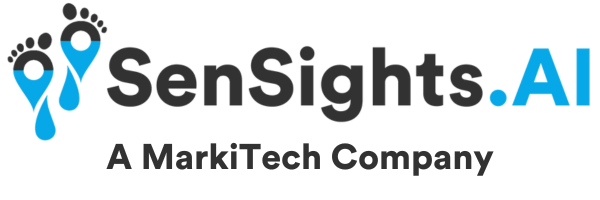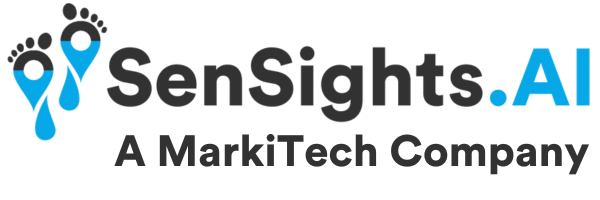Image Credit: Canva
In recent years, there has been a substantial shift towards digitalization in the healthcare industry. New technologies have helped healthcare providers to improve patient care, boost efficiency, and lower costs. The deployment of remote patient monitoring systems is one of the most inventive technology breakthroughs in healthcare. Because of its multiple benefits, cloud-based remote patient monitoring systems have gained substantial popularity in recent years. We will look at the advantages of employing a cloud-based remote patient monitoring system in the healthcare industry in this post.
What exactly is a Cloud-based Remote Patient Monitoring System (RPMS)?
A cloud-based remote patient monitoring system is a technology that enables healthcare providers to remotely monitor the health of their patients. This system collects and transmits patient data to a cloud-based platform using various digital technologies such as wearables, sensors, and mobile applications. Healthcare providers use the obtained data to make informed decisions about patient treatment.
The Benefits of a Cloud-based Remote Patient Monitoring System
Better Patient Outcomes
The ability to improve patient outcomes is one of the most major advantages of employing a cloud-based remote patient monitoring system. This method allows healthcare personnel to remotely monitor patient health, allowing for early diagnosis and action in the event of any health concerns. This approach also enables patients to manage their health more effectively, resulting in better patient outcomes.
Enhanced Efficiency
Cloud-based remote patient monitoring solutions can considerably improve healthcare professionals’ efficiency. Healthcare practitioners can eliminate the need for in-person visits by remotely monitoring patient health, resulting in cost savings and enhanced efficiency. This system also alleviates the administrative strain on healthcare practitioners by automating operations like data gathering and processing.
Healthcare Expense Savings
Another advantage of utilizing a cloud-based remote patient monitoring system is that it has the potential to dramatically lower healthcare expenses. Healthcare practitioners can use this approach to discover health concerns early, resulting in fewer hospitalisations and emergency department visits. Furthermore, this approach can assist patients in managing chronic diseases, eliminating the need for expensive medications.
Increased Patient Satisfaction
Remote patient monitoring solutions based on the cloud can help improve patient satisfaction. Patients can view their health data and speak with their healthcare doctors remotely using this technology. This method also allows patients to manage their health more proactively, which leads to higher patient satisfaction.
Enhanced Data Analysis
Cloud-based remote patient monitoring systems give healthcare providers access to a massive amount of patient data. This data can be evaluated to detect trends and patterns, allowing for more informed patient care decisions. This system can also be combined with electronic health records, giving healthcare practitioners a complete picture of their patients’ health.
Scalability
Cloud-based remote patient monitoring systems are highly scalable, making them suited for all sizes of healthcare providers. This system is simple to integrate with existing healthcare technology, giving healthcare professionals a unified option for remote patient monitoring.
Conclusion
Finally, implementing a cloud-based remote patient monitoring system is a game changer in the healthcare industry. This system offers various advantages, such as improved patient outcomes, increased efficiency, lower healthcare costs, higher patient happiness, improved data analysis, and scalability. Cloud-based remote patient monitoring systems are poised to become the future of healthcare, as demand for remote patient monitoring solutions grows. Using this technology will allow healthcare professionals to provide high-quality patient care while lowering costs and enhancing efficiency.


